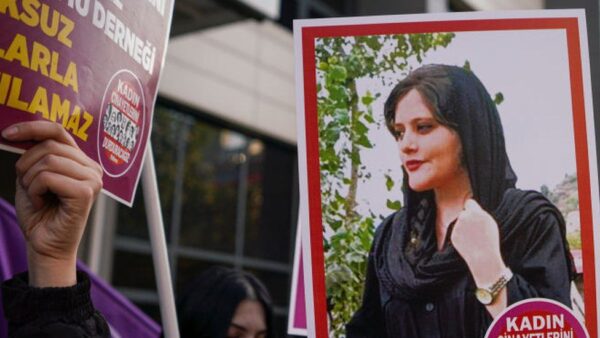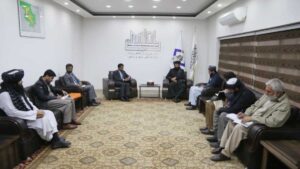
Iran’s morality police, disbanded’ amid street protests
Iran’s public prosecutor said on Sunday that the country’s dreaded morality police — the same force in whose custody 22-year-old Mahsa Amini died in September — has been disbanded.
If the announcement is followed through — there was no confirmation from the Interior Ministry, and state media said the public prosecutor was not responsible for overseeing the force — it would signal an extraordinary concession from the Iranian regime to the women who have over the past couple of months led the most powerful and sustained street protests since the Islamic Revolution of 1978-79.
The morality police “was abolished by the same authorities who installed it,” Attorney General Mohammad Jafar Montazeri said, the AFP reported. “Both parliament and the judiciary are working [on the issue],” he said as part of the statement.
The Gasht-e Ershad are part of the police force and supervised by Supreme Leader Ayatollah Ali Khamenei, but the elected government has a say in their activities through the Interior Ministry. Both men and women officials are part of the morality police.
Mahsa Amini was allegedly beaten by the morality police who had detained her for “incorrectly” wearing the mandatory hijab. The Iranian government has denied that Amini was assaulted, and has accused the United States and Israel of orchestrating the popular protests across the country.Over the past weeks, the protests have expanded from anger over the hijab regulation to a wider dissatisfaction with state representatives seen to be reinforcing these laws.
The contested hijab
Iran has a long history of policing the hijab. During the reign of Reza Shah Pahlavi in 1936, the hijab was actually banned in an effort to “modernise” the country. The police would then remove the hijab from the heads of women seen wearing it in public.
This situation was turned on its head after the Revolution, when conservative forces aligned with Ayatollah Ruhollah Khomeini deposed Mohammed Reza Pahlavi, son of Reza Shah, and proclaimed the Islamic Republic.
\While wearing the hijab was made mandatory, a force was constituted to enforce the rules on morality and the public appearance of women only in the 1990s, after the war broke out with Saddam Hussein’s Iraq, and the regime felt the need to centralise its power and underline an Iranian national identity.
Over the years, the strictness with which the morality rules have been enforced has varied in accordance with the nature of the regime in the country’s dual theocratic-democratic political system. Liberal leaders such as former President Hasan Rouhani have made references to personal freedoms and dignity following reported excesses by the force.
Not only the enforcement of hijab, but the implementation of other rules on public appearance and conduct, according to the Iranian authorities’ interpretation of the Sharia, are also the responsibility of the police.
In 2010, for instance, Iran’s Ministry of Culture and Islamic Guidance issued a template for suitable haircuts for men in order to halt Western influence on culture, and the morality police were tasked with enforcement at salons.In September this year, the United States government said it would be “imposing sanctions on Iran’s Morality Police and senior security officials who have engaged in serious human rights abuses”.

